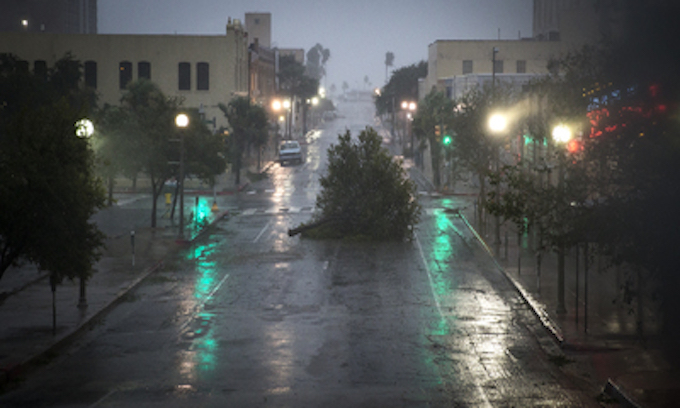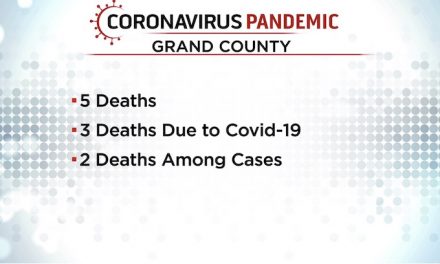You can blame God for a lot of things, but not all the flooding occurring in Houston is a result of divine intervention. Mankind played a big role, and not just by burning fossil fuels, which contribute to climate change and increase the frequency of historic storms like Hurricane Harvey.
Houston has been dealing with flooding since at least 1937, when local officials complained the city was “at the mercy of the relentless water.” But over the years, the need to control flooding was overwhelmed by another burning desire — to develop into what is now the fourth-largest city in the United States.
Houston’s sprawl into a nearly 600-square-mile metropolis has required paving over acres of wetlands and prairies that once absorbed huge amounts of storm water, but nothing like the cascades that for a week raced down highways into people’s homes, forcing them to evacuate or wait out the torrential rains.
Houston’s flooding provides a lesson for New Jersey’s Shore and river communities and other towns across America, where billions have been spent to protect homes and businesses threatened by rising water in low-lying areas that are ill equipped to manage tremendous volumes of storm water.
The U.S. Army Corps of Engineers built the Addicks and Barker reservoirs in the 1940s to protect Houston from flooding. But long ago, the two massive detention basins proved inadequate to keep up with the pace of development.
In 2001, Tropical Storm Allison rained 40 inches of water on Houston, flooded 73,000 residences, and left 22 people dead. But the sprawl continued. On Memorial Day in 2015, floods killed 16 people in the Houston area and caused more than $1 billion in damage.
Other steps taken over the years to mitigate flooding weren’t enough to overcome the paving of Houston that left it at the mercy of Harvey’s more than 50 inches of rain.
The Texas Tribune and ProPublica reported on Houston’s precarious flooding situation last year, noting that Harris County, which includes Houston, lost 30 percent of its wetlands to development between 1992 and 2010. Meanwhile, from 1996 to 2011, the amount of impervious surface in the county increased by 25 percent. That’s a lot of pavement.
Houston’s plight doesn’t need chastisement right now. The nation’s focus should be on the flood victims and survivors and measures that should be taken to ensure the city’s full recovery. But eventually, just as was the case after Hurricane Katrina hit New Orleans in 2005, the conversation must turn to how to save lives and property from future storms.
Good ideas are being explored in some cities. Boulder, Colo., is replacing concrete in some areas with permeable surfaces that can absorb rainwater. Milwaukee is considering the removal of all habitable buildings within 100-year floodplains, which are areas that every year have a 1 percent risk of flooding.
The emphasis must be on smart development. Roads, parking lots, and sidewalks made of asphalt, concrete, stone, and brick prevent water from being absorbed into soil. Instead, it runs off. Using pipes and other measures to channel water where you want it to go is one solution. Limiting or slowing development is another. Some places just aren’t meant to be covered with pavement.
___
(c)2017 The Philadelphia Inquirer
Visit The Philadelphia Inquirer at www.philly.com
Distributed by Tribune Content Agency, LLC.
—-
This content is published through a licensing agreement with Acquire Media using its NewsEdge technology.



















Recent Comments